


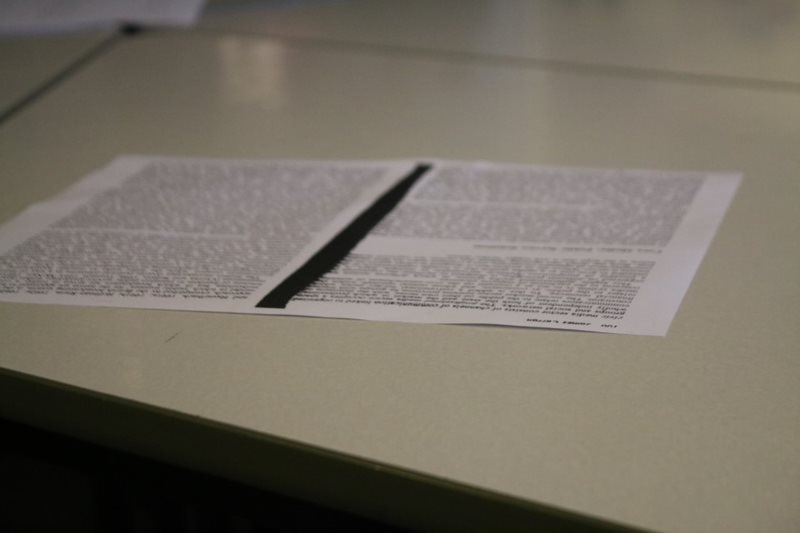
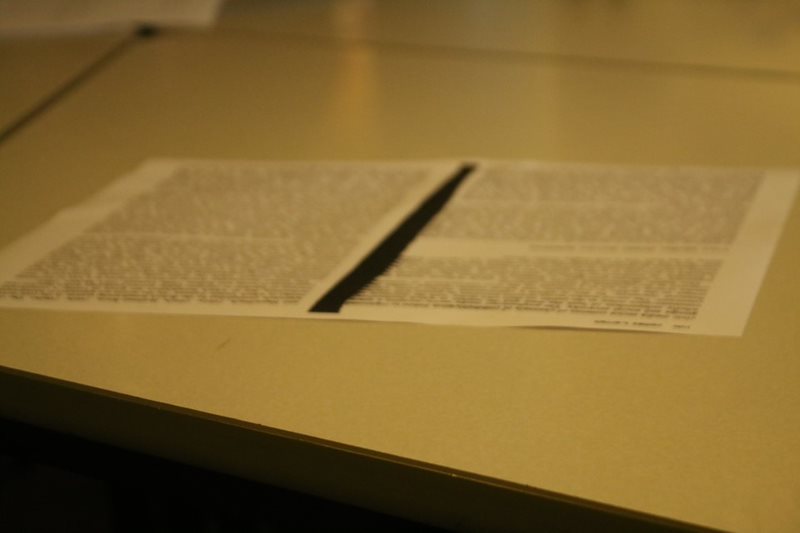
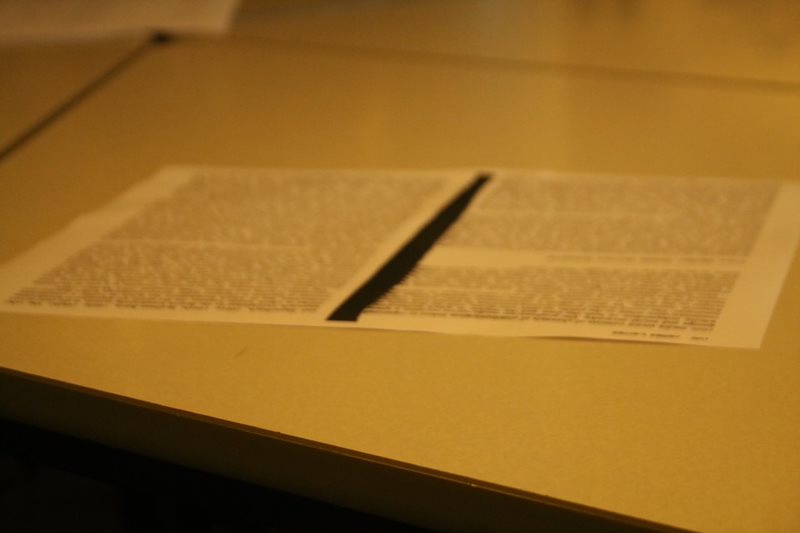
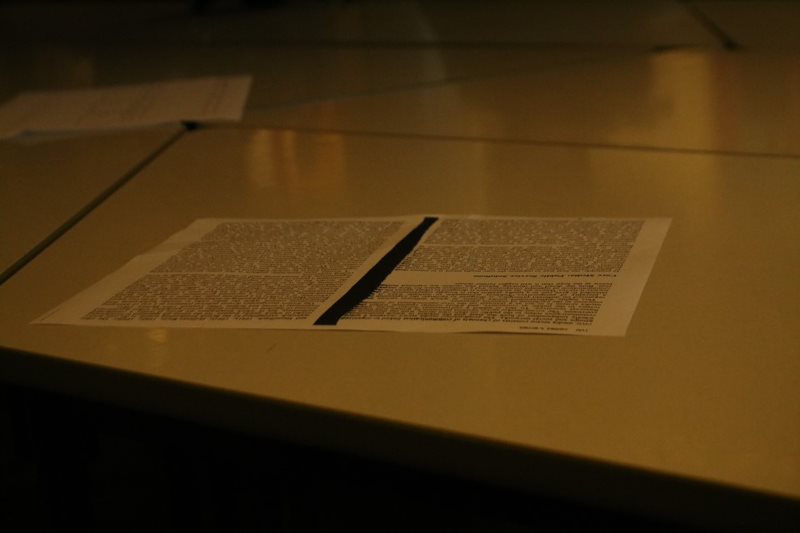















My favourite film score is from Jurassic Park (1993). This was composed and conducted by John Williams. John Neufeld orchestrated most of the cues while Alexander Courage orchestrated three and Conrad Pope partially orchestrated two others. The name of this film score is Jurassic Park: Original Motion Picture Soundtrack and the reason I like it is because of the way it creates a childlike sense of wonder and fits into the fantasy adventure tale.
It’s use of soaring strings and dramatic brass allows an ominous tone to represent the danger that lurks within the park. The suspense it creates conjures up a feeling of adventure and adversity which is precisely why I think it’s one of the best film scores made. It’s also number 44 in the “Top 50 Best Film Scores of all Time”.
https://www.youtube.com/watch?v=RDd6gUe8zE4
1.) According to Cousins, who was the leading exponent of French Impressionist Cinema?
Abel Gance. He wrote, produced, and directed the french epic film Napoleon. The film is recognized as a masterwork of fluid camera motion, produced in a time when most camera shots were static.
2.) What is Surrealist Cinema and who were its leading directors in the silent era?
Surrealist cinema is a modernist approach to film theory, criticism, and production with origins in Paris in the 1920s. David Lynch was described as The First Popular Surrealist.
1.) Who were Buster Keaton, Charlie Chaplin and Harold Lloyd and why were they so important to the success of Hollywood in the silent era?
Buster Keaton, was an American actor, comedian, film director, producer, screenwriter, and stunt performer. He was known as “The Great Stone Face” due to his well known trademark in this silent films of physical comedy with a deadpan expression.
Charlie Chaplin was an English comic actor, filmmaker, and composer who rose to fame in the era of silent film. He became a worldwide icon through his screen persona, “The Tramp”, and is considered one of the most important figures in the history of the film industry.
Harold Lloyd was an American actor, comedian, director, producer, screenwriter, and stunt performer who is best known for his silent comedy films. Lloyd made nearly 200 comedy films, both silent and “Talkies”, between 1914 and 1947.
2.) Name a film (with date) starring each of the above.
Buster Keaton: The Cameraman (1928)
Charlie Chaplin: The Great Dictator (1940)
Harold Lloyd: Safety Last (1923)
3.) Who were the Italian and French equivalents of Charlie Chaplin?
Italian: Toto
French: Jacques Tati
1.) Who directed Birth of a Nation and why is it now considered to be controversial?
Birth of a Nation was directed and co-produced by D.W Griffith. It is controversial because it glorified issues such as racism, slavery, sexism and made them out to be happy and peaceful after the Civil War.
2.) Which Nation’s film industry did Cousin’s say was best in the world?
Denmark
3.) Name two films and two directors from 1903-1916 that Cousins deemed Remarkable?
Cousins deemed “Haxan”, directed by Benjamin Christensen, as a remarkable danish film
1.) What and when was the first film created by Lumiere Brothers?
The first film created by Lumiere Brothers was “Workers Leaving The Lumière Factory in Lyon” also known as “Employees Leaving the Lumière Factory and Exiting the Factory”. It was filmed in 1895 and it is a French short, black and white documentary film directed and produced by Louis Lumiere.
2.) What is a Phantom Ride?
Phantom rides, also known as panoramas, were a genre of film popular in Britain and the US in the 19th Century. It’s when the position of the camera showed only the track and scenery and the movement appeared to be coming from an invisible force.
3.) What was ground-breaking about the films “The Sick Kitten” and “Life of an American Fireman”?
In The Sick Kitten, the editing technique used in “Grandma’s Reading Glasses” of switching from a medium shot to a point-of-view close up was used; but without the circular black mask to differentiate it. Life of an American Fireman was the earliest example of Cross-Cutting, an unusual editing technique where you alternate one sequence with another.
4.) What was the name of the first film star in Hollywood?
Florence Lawrence (January 2, 1886 – December 28, 1938) was a Canadian-American stage performer and film actress.
Cinematography and editing are presented in Breathless, (1960) by Jean-Luc Godard, by using multiple techniques. This includes jump cuts and making scenes longer than standard. Godard creates this unconventional timing in the scene where the characters, Michal and Patricia, are driving in the car and several jump cuts are used.
These jump cuts are inconsistent and appears to be unconnected and random. This creates the Brechtian technique, used in theatre, which reminds the audience of the fact they’re watching a movie. This was also used in the scene where Patricia waits in the taxi while Michal gets out to speak to a man. The usual way of presenting this scene would be to have the camera follow Michal and allow the audience to hear the conversation however instead, Godard had the camera remain inside the taxi and have the conversation appear as a mix of ambient noises to show it from the perspective of Patricia because she, nor the audience, can hear what’s going on.
The “pointless” jump shots were unusual because although Michal was continuously talking, and Patricia hadn’t changed positioned, the jump shots still persisted. It is strange due to the purpose of jump shots being to cut to the next scene, although the scene still took place normally. By disconnecting the audience from the film, it allows them to understand it better and observe from better outlook. By being emotionally involved in a film, you allow your emotions to distract you from the real message behind the story. By feeling what the character’s feel, your reliable outsider’s perspective is gone. Another reason for these random jump cuts was because Godard was told to make the film a bit shorter.
Due to audience’s during “The Golden Age of Hollywood” becoming used to films ending with the protagonists having a happy ending, Breathless stood out even more because of Michal’s death, showing the opposite of what you would expect out of the film. Another way that Breathless was so different was that, due to a low budget, they replaced the idea of a constructed set with a real street in Paris in the final scene. These features, among others, were all reasons as to how French New Wave changed cinema.
Strike (1925, dir. Serge Eisenstein) is a silent film. It was created during the rise of the soviet union and tells the story of one of the workers. The way he does this is by featuring different soviet montage techniques. This includes Metric Editing which is a technique in which lengths of shots make the tempo of the scene. This is used at the start of the film where this strike was being organised
To increase the tempo of the scene, he quickly cuts between the factory worker’s faces with only a second in the shot for the audience to process what’s happening. This is barely any time at all, which only speeds up the scene and creates a sense of chaos and panic and gives the audience a sense of urgency; which correlates to what the workers are feeling.
To allow the audience to understand each of the characters, Strike uses the intellectual method of editing when the agents are being introduced. In this scene, it cuts from pictures of animals, to the pictures of their faces, and then reveals their code names. This creates an understanding as to why they were named after the animals they were. He fades the animals’ faces into the characters to make the comparison obvious, and then traits that the character has that the animal also has will seem more noticeable to the audience.
The Cabinet of Dr Caligari (1920, dir. Robert Weine) was created in Germany by a film studio known as Decla. It is a well-known silent horror film that influences many other films, including some in modern day cinema as well as film noir in the 1950’s-60’s.
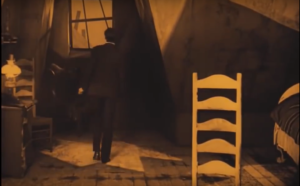
In this scene, you are able to see where these strips of light have been painted on the floor. It was made in the period of German Expressionism which allows this to show the genre of the film. One feature that is shown is the Distorted Landscapes, which is prominent in this shot. The set appears disoriented due to the slanted window which, again, accentuates the context of German Expressionism, however this could be viewed as a foreshadowing of the fact that this story was told by a mental patient with a disoriented mind. This warped appearance allows the audience to see things through the mind of the mental patient. This twist ending was what made The Cabinet of Dr Caligari a cinematic breakthrough, due to the unreliable narrator and the plot-twist.
In this film, an “Iris Wipe” is frequently used which is an editing effect that typically closes the iris of a camera and then slides a piece of card over it to make the shot cut to black. This technique was used in the shot where Francis tells the story about the fair. In this flashback scene, the iris cut shows the audience that it is a flashback scene and creates a surreal like feeling to the scene to make sure that the audience is aware that it’s a memory. This film had no outside shots and was produced entirely on made up sets which means that they used artificial lighting. This led to them painting strips onto the sets of light and dark in order to present shadows and contrast.
The characters’ emotions had to be cleverly expressed, due to the fact they couldn’t talk, and also highly detailed. Weine found a way to show how each character was feeling, in this film, by the use of makeup. When Cesare is first exposed to the audience, his dramatic makeup is emphasised in the close-up where he is first revealed. The dark eyes and lips establish him as the villain, and create a creepy feel to the audience. The Mise-en-scene in this film was used as expression in order to create emotions that can’t be presented through speech to the audience.
Citizen Kane (Orson Welles, 1941) was widely influenced for the look and feel of this film by the production context making it considered as the greatest film ever made.
In 1938, Welles radio broadcast of War of Worlds got him his first step into fame. This led to him being hired by the Film Production studio RKO in which they gave him full control over creating a new creative film. As long as it stayed under the budget of $500,000, the film could be anything Welles desired. His history of working in theatre production caused the film to have used many features used in stage productions such as lighting, long-take, Brechtian techniques etc. Also, many of the cast were trained to act on stage, rather than on-screen, due to being a part of Welles’ theatre group.
William Randolph Hearst, an American businessman, politician and newspaper publisher, was the inspiration and who Citizen Kane was based off of. Because of this, Hearst used his power to suppress the amount of theatres that Citizen Kane was able to be shown in, which limited the film’s views from the Box Office, which harmed Welles career despite Welles denying the accusations. Although, the character of Citizen Kane highly described Hearst’s life rather well, which led to the boycotting of the film. In 1956, Citizen Kane was finally revived and achieved the appreciation and success rates that it deserved.
A deep Focus Lens was used within Citizen Kane, making the scene very innovative, as it was a new invention created by cinematography, Gregg Toland. This is just one of a number of elements that made Citizen Kane such an incredible film. This was highly effective in some scenes as it allowed the audience to see things differently, as it allowed everything in the scene to all be focused at once. For example, in one scene, Kane was the same size as a window however his size got smaller as he walked towards it. This was a creative metaphor within the film to display how Kane’s power and influence got smaller. Without this advanced use of technology, and many others that were used plus Welles’ extreme creativity, Citizen Kane would not have been as successful as it is now and has been for decades, making it the greatest film ever made.